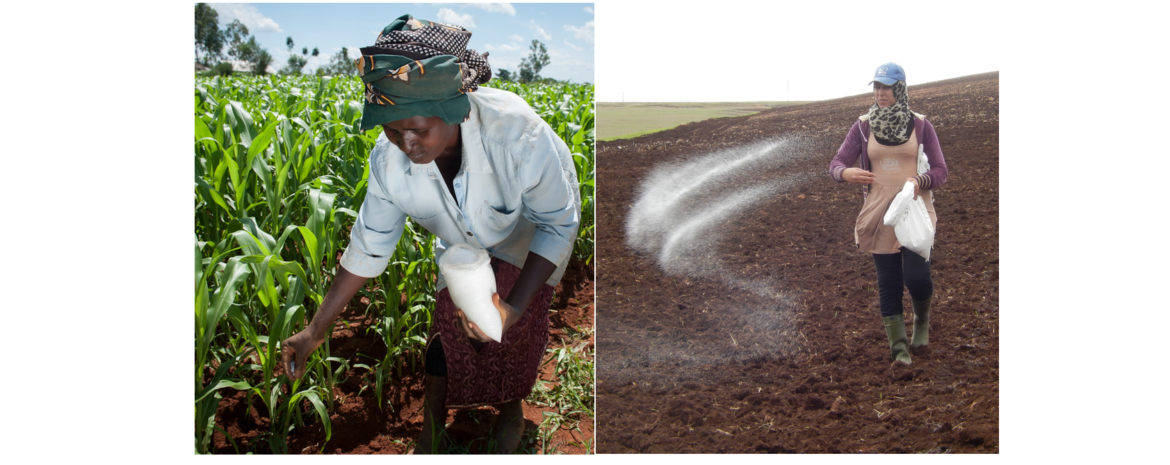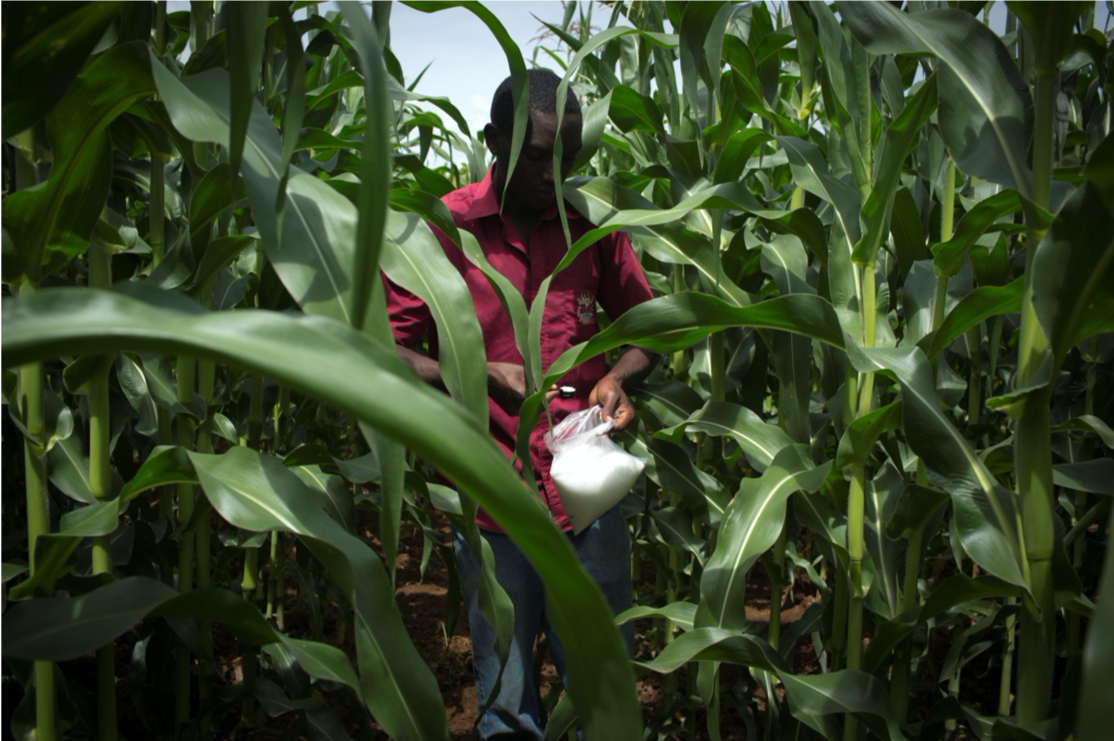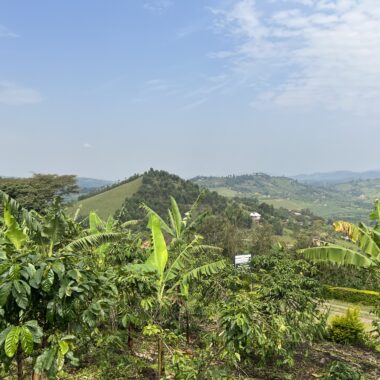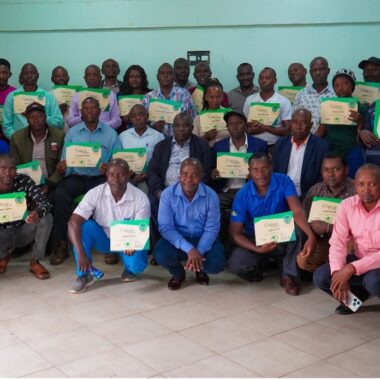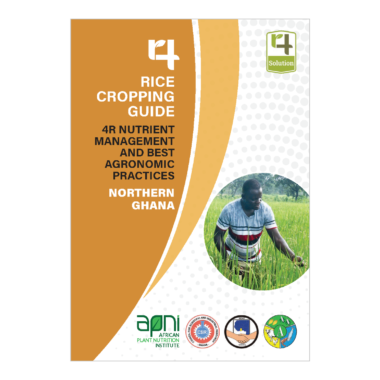New Study Provides Insight into Better Predictors of Nitrogen Loss: New Considerations for Agronomic Research in Africa
The issue of nitrogen (N) loss through nitrous oxide (N2O) emission—a powerful greenhouse gas—impacts most crop production systems around the globe. A better understanding of how best to prevent such N losses while keeping yields high is needed to help farmers make better N fertilizer management decisions.
An international group of scientists from the University of Hawaii at Manoa; International Maize and Wheat Improvement Center, Mexico; Environmental Defense Fund, USA; Plant Nutrition Canada; and the African Plant Nutrition Institute, Morocco, published a study in the April Issue of Global Change Biology that explored how changes in the management of N can influence crop yields and N2O emissions. The study examined large data sets from a broad range of crop production systems across temperate, tropical and subtropical climates.
The study re-emphasizes the inherent difficulties in predicting N2O emissions in our cropping systems. There are a number of different strategies that are central to tailoring N management towards sustainable crop yield improvement, which is of critical importance in regions like Africa. Improper use of N sources as a means of driving yields promotes the buildup of excess soil N, which is vulnerable to loss. Although reduced N application rates are an appropriate mitigation strategy in certain farming systems, use of enhanced efficiency fertilizers, and timelier, better-placed applications (i.e., the 4R Nutrient Stewardship approach of using Right source, rate, time, and place) can encourage more efficient use by crops and prevent excess soil N.
The authors recommend two crop performance indicators —Partial N balance (PNB) and Partial Factor Productivity of N (PFP)— as better predictors of N2O emission over individual N management practices, which varied in their ability to forecast N loss across the diverse set of systems studied.
(1) Partial N Balance (PNB) = N application − Plant N uptake
(2) Partial Factor Productivity of N (PFP) = Yield / N application
Since these two indicators advantageously integrate plant nutrient uptake and crop yield response data into their predictive ability, the study points out their usefulness in assessing suites of 4R practices that “work together to tighten the N cycle in a cropping system.”
Implications for Africa
Much potential for increased N use exists in African cropping systems. Soil fertility is low, nutrient use is historically low, and crop yield gaps—the difference between current and attainable yield—are often wide in the Continent. Yet the implications of increasing N use to intensify crop production without full consideration for what causes N2O emissions, can be large. For example, the authors cite studies indicating that increasing fertilizer N rates from 50 to 150 kg/ha/season, would result in as much as 55% more N2O emissions in Asia and Sub-Saharan Africa given current practices.
“This study revealed a significant gap in N2O emissions assessment across agronomic research trials in Sub-Saharan Africa,” explained the study’s co-author and APNI’s Director General, Dr. Kaushik Majumdar. “Comprehensive studies that allow assessment of PNB and PFP are needed to predict N2O emission, especially in research programs working to tailor N management strategies for narrowing the significant yield gaps that exist throughout the Continent.”
Since PNB and PFP focus both on yield and N balances, their use is most appropriate in regions like Sub-Saharan Africa where low N use, negative N balances, and high yield gaps due to imbalanced fertilization prevail.
Acknowledgment
This summary was extracted from the article published by Maaz, T.M., Sapkota, T.B, Eagle, A.J., Kantar, M.B., Bruulsema, T.W., and Majumdar, K. 2021. Meta-analysis of yield and nitrous oxide outcomes for nitrogen management in agriculture. https://doi.org/10.1111/gcb.15588
APNI Contributors: Gavin Sulewski, Editor, and Kaushik Majumdar, Director General.

